The life and death of Irina Antonova: how did the ex-director of the Pushkin Museum resemble the British Queen
[ad_1]
Lev Kolodny continues “Journey to Moscow”. His journey takes place along Pokrovsky Boulevard, where people who left their mark on history lived in each of the 18 properties. His story is about the house where meetings of the legendary Sreda were held in the apartment of the writer Nikolai Teleshev, where the most famous writers of Russia Maxim Gorky, Ivan Bunin, Leonid Andreev gathered. Fyodor Chaliapin sang on “Wednesdays”, accompanied by Sergei Rachmaninov.
At the corner of the boulevard and Bolshoi Trekhsvyatitelsky Lane, an old mansion has been preserved, which in July 1918 was hit with direct fire by Bolshevik cannons, suppressing the rebellion of the Left Socialist-Revolutionaries who were trying to take power in the country.
Pokrovsky Boulevard, 14, is the last address of Marina Tsvetaeva. From here, for many years, Irina Antonova, the director of the Museum of Fine Arts, drove her car to Volkhonka, showing the people the Mona Lisa. She organized exhibitions that the Tretyakov Gallery and the Academy of Arts of the USSR refused.
Today is the 2nd part of the Pokrovsky Boulevard trilogy, where famous, outstanding personalities lived and worked in different years.
Irina Antonova appeared among the tenants of the “House of the Supreme Council of National Economy” at the age of 11, when her family returned to Moscow after her father’s three-year stay in Germany, where Alexander Antonov served in the trade mission. The apartment in Berlin was filled with records he bought with recordings of classics, operas and symphonies. Mother, Ida Kheifets, studied at the conservatory, played and sang with her father. Irina learned German as a child and read Goethe, Schiller, and Heine in the original.
St. Petersburg proletarian Bolshevik Antonov, according to his daughter, “went from a fitter to a person who received a higher education, but from infancy he loved literature, music, theater.” He was friends with the director of the Bolshoi Theater Malinovskaya, a member of the party since 1905. He joined the party in 1906, after the defeat of the revolution, with faith in the coming victory.
While Malinovskaya served at the Bolshoi Theater, the family of a friend of combat youth could be in full force in the director’s box.
Irina Antonova lived on Pokrovsky Boulevard for 48 years, half her life. I wanted to be a ballerina, a circus actress as a child. But she entered MIFLI, the Moscow Institute of Philosophy, Literature and History, where Alexander Solzhenitsyn studied then.
During the war, the institute was closed, all students and teachers were transferred to Moscow University. You could walk there from Pokrovsky Boulevard. The Faculty of History with the Department of Art History was located on Mokhovaya. Just as well, having completed nursing courses with the rank of junior sergeant of the medical service, Antonova knew the way to the hospitals, where she was on duty at night, saw operations and amputations, a bloody picture of the war.
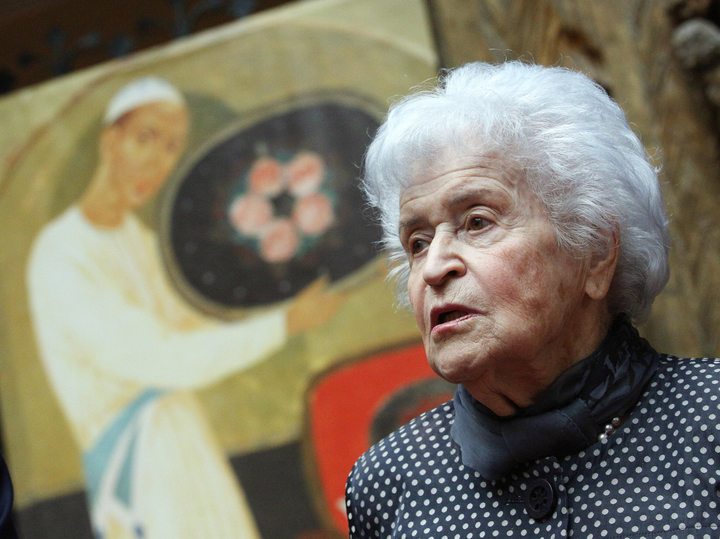
I ended up in the Pushkin Museum of Fine Arts with a glass roof destroyed by bombing after Moscow State University. The paintings returned from the deep rear were kept in boxes. In winter, snow was raked from the top floor, and water was scooped out in the Italian courtyard in spring. “Only cold and very elderly staff – many were then fifty years old. I thought: “Are they going to be my girlfriends? What a nightmare!” Everything turned out for the best.
Irina Antonova, who was not in charge of a department and did not serve as a scientific secretary, was appointed director of the museum at the age of 39 at the suggestion of Professor Boris Vipper. The Picasso exhibition was opened by Ilya Ehrenburg when the thaw came after Stalin’s death. Thanks to Irina Antonova, the people saw the art that was hidden from them: the Russian avant-garde, the “Paris school”, showed the neglected “bourgeois art”. He was not seen by students of art institutes of the USSR. Zurab Tsereteli told me that the commission of the Academy of Arts of the USSR withdrew his diploma painting from the defense, seeing in it the influence of … the impressionists.
Irina Antonova opened Andy Warhol, Marc Chagall, Salvador Dali in the Volkhonka Museum…
At a reception at the Minister of Culture, Furtseva somehow noticed that Michelangelo’s Mona Lisa by Michelangelo would fly over them on a plane from Japan in 2 months. “That would stop him!” “I will talk to the French ambassador, he is in love with me,” Furtseva responded. What seemed unthinkable happened.
In Moscow, for the first time, high fashion was equated with art: Chanel and Dior outfits were exhibited in the museum next to Michelangelo’s David.
The director of the Tretyakov Gallery refused to show the exhibition “Moscow-Paris” with the words: “Through my corpse.” The Academy of Arts of the USSR did the same. On Volkhonka, 650,000 visitors saw the defamed artists, including Brezhnev, fascinated by the portrait of Lenin.
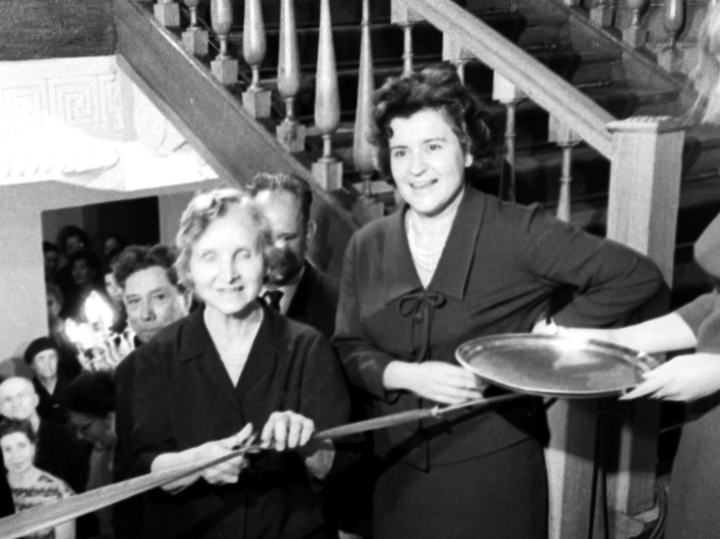
That triumph, the unbeatable all-time attendance record, took place in 1981. That year, the director of the museum and her family moved from Pokrovsky Boulevard to a 16-storey panel building at number 99 on Leninsky Prospekt. Three-room apartment in it – 82 meters. There are no big ones. From there, from afar, Irina Alexandrovna went to work, as she really liked, driving her car …
She said more than once: “My goal is to revive the museum that Stalin destroyed.” When the “fight against admiration for the West” began, he signed a decision to liquidate the Museum of New Western Painting. It was founded after the revolution from two nationalized collections of Moscow collectors Shchukin and Morozov, fascinated by the French Impressionists. Some of the paintings were left in Moscow, some were sent to the Hermitage. She publicly asked President Putin Antonov to return the paintings that belonged to the city. To no avail. It only made enemies and accelerated the resignation of the director of the museum.
The historical building of the museum on Volkhonka, slowly but surely being destroyed, was revived thanks to an appeal to Prime Minister Kosygin. But the “museum town”, which the founder of the museum, Professor Tsvetaev, dreamed of, which she herself had been striving for for many years, did not see. The new building is expected to be built in 2026…
Irina Alexandrovna’s mother lived to be 100 years old. The coronavirus prevented my daughter from celebrating this date. The daughter passed away at the age of 99, leaving an eternal memory of herself. They write about her: “… A lady with an iron character. What was always striking about her was her stoic character, brilliant intellect, lively and inquisitive mind. And also royal style: a skirt suit in the spirit of Chanel, thin pumps, combined with aristocratic manners and a high head. She was like a British queen in that.”
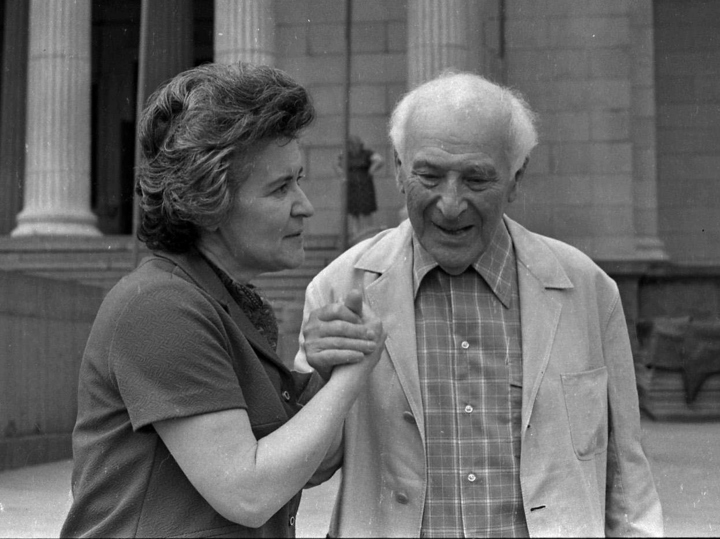
The last time I saw Irina Antonova was on the second floor in the halls of the Russian Academy of Sciences, where she went up to the vernissage of Tatyana Nazarenko’s solo exhibition. She came on her feet. She was 97 years old. She sat down only when a chair was brought. She stood up when asked to speak.
… The honorary director of the Museum of Fine Arts, Irina Antonova, was buried with military honors, as a full holder of the Order of Merit for the Fatherland. President Putin promised to take care of the helpless son who was left alone and chained to a wheelchair since childhood.
Only from the message about the death at the age of 92 of Yevsey Rotenberg, the author of monographs on the art of the Renaissance known to all art critics of the world, did everyone learn that he was the husband of Irina Antonova. He lived with her after the betrothal until the end of his days. About the first meeting with her future husband, she said:
“I studied at Moscow State University and I remember how in the first year a very smart person came to us, who answered the question of a student: “Tell me, what books should we read in the first year?” – unexpectedly for all of us said: “Do not read anything, please. But look at everything – from reproductions in the newspaper, the worst, poor quality, and ending, of course, with genuine things in museums. Watch all the time, wherever you can.”
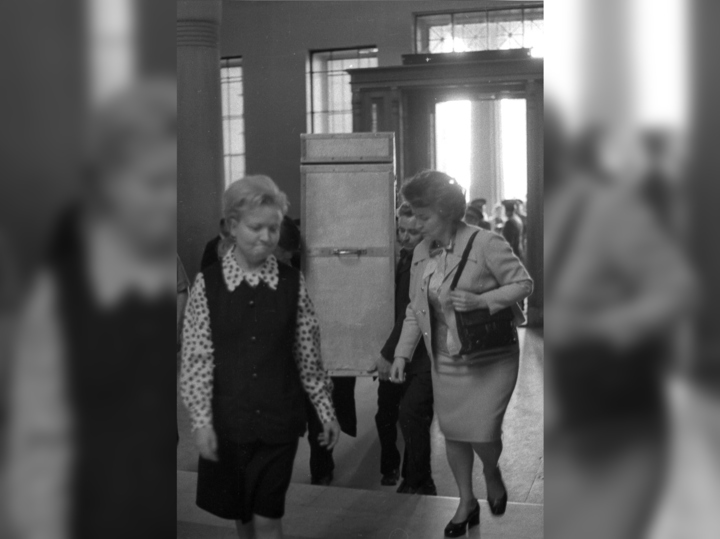
The son of an accountant and a housewife grew up in a house without books and pictures as a child. When the war began, he rushed to the front as a volunteer, went to the draft board three times, but he was not mobilized because of poor eyesight. In all the photos he is wearing glasses.
From Moscow State University, he was assigned to the Museum of Fine Arts as the curator of the paintings of the Dresden Gallery, returned to the Germans by Khrushchev. He did not consider his service a “nightmare”, he expressed it like this: “I would say that museum work for an art historian is like military service for a man. You have to go through this.”
The second time after IFLI, Yevsey and Irina met in the museum. Since then, they fell in love with each other, never parted. When her husband passed away, she said: “I had a wonderful husband, who meant a lot to me. I wouldn’t have understood much if it wasn’t for him. It became my second university.”
When the “fight against cosmopolitanism” began under Stalin, Rotenberg was fired from the museum without explanation. They weren’t hired anywhere. The unemployed man wrote his doctoral dissertation for three years. After the death of the leader, he was admitted to the Institute of Theory and History of Fine Arts of the USSR Academy of Arts.
Served here satisfied for about twenty years. But for the second time in his life, in 1971, when a long-term work was published – “Western European Art of the 17th Century”, the author was fired for a reason that he recalled with irony:
“By this time, the alpha and omega of the Academy of Arts and the Institute was realism: realism, realism, realism. Every work begins with the word “realism”…
But then they began to lose interest in this, they began to argue about what realism was – before that, realism was indisputable, but then they began to argue what realism is, what realism is, and in general, any idea of realism was lost. Well, in fact: the art of the 17th century – Velazquez and Rembrandt – is certainly realistic. And the art of the Renaissance – Raphael, Leonardo, Michelangelo – are they realists or not?
…No, they don’t seem to be quite realistic, it also doesn’t happen that everyone walks naked and beautiful. This means that the realism of the 17th century is, as it were, higher, and the art of the High Renaissance is more the art of the ideal than realism. It turned out such a confusion in the three pines …
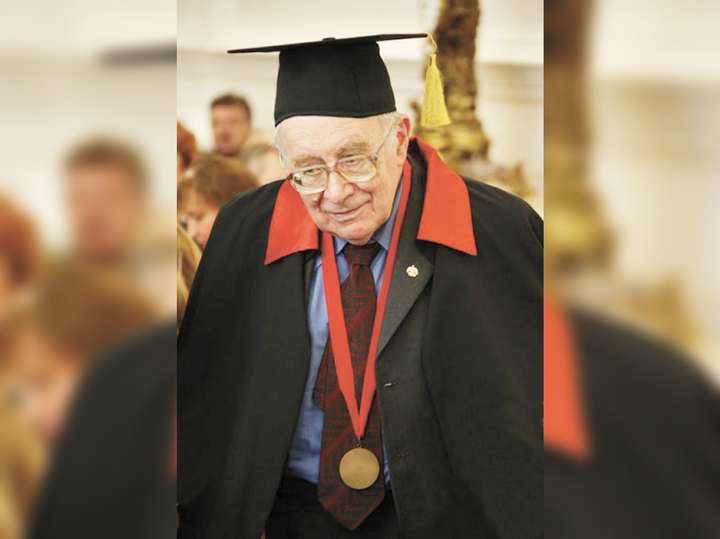
And in order to avoid all these “confusions”, in my “Art of the 17th century”, which is clearly realistic, I did not use the word “realism” anywhere: this art is studied, everything is said, and everything else, but the word “realism” is not used due to ambiguity [того]what it means. The vice-president of the Academy Kemenov, when he read this text of mine, was horrified: there is no such word at all!..”
And Yevsey Rotenberg was fired “of his own free will.”
He was not unemployed then. He was invited to do the same thing at the Institute of Art History of the Ministry of Culture. From here, even at the age of 90, they were not taken to a “deserved rest”. He served until his last days.
Monographs by the art critic Yevsey Rotenberg are published after his departure. And this is a sign inherent in the classics of science.
… In the list of tenants of the house, compiled by Dmitry Bondarenko, I read the name of Rovinsky, Nikolai Ivanovich. And he remembered that in 1950 he was the director of the Moscow Financial Institute on Tserkovnaya Gorka (Yaroslavskoye Highway). There I did not go through the competition at Moscow State University, I entered for a short time.
After the lectures began, I heard how, behind the wall in the next room, the covers of the desks were raised and lowered with a crash. They stood up and greeted in unison “We wish you good health!” incoming teachers officers, students of the military faculty. It was then a wonderful Moscow institute with professors, authors of textbooks, which has now become the Financial Academy.
(To be continued. Beginning at No. “MK” dated March 27, 2023)
[ad_2]
Source link






